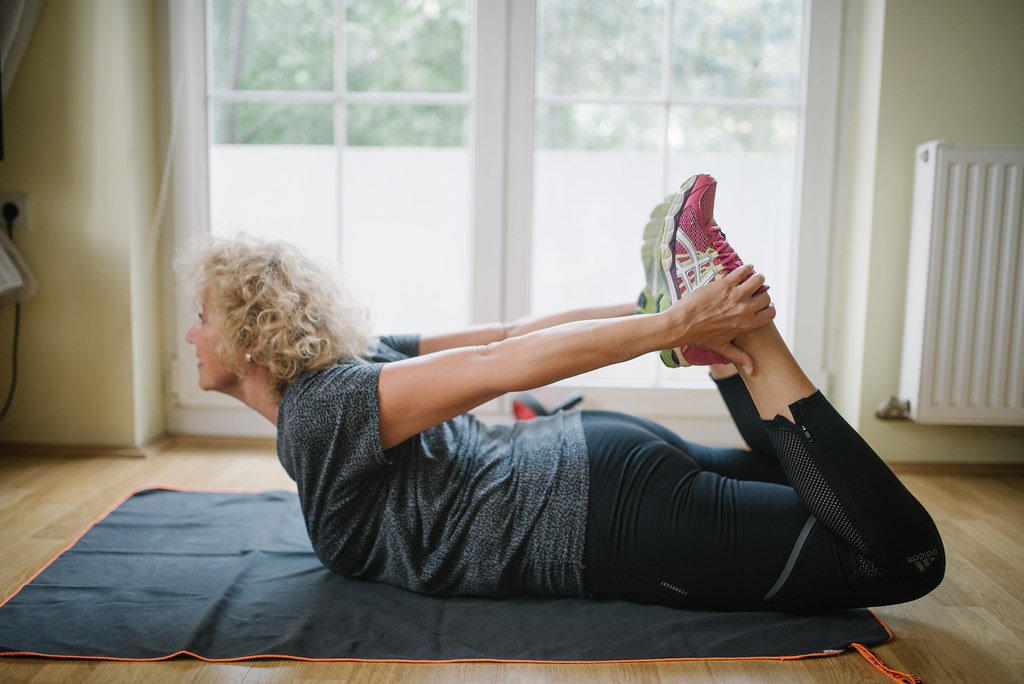Movement
Best Exercises for Aging Seniors

Hey there, fellow seniors! We all know that age is just a number, and there’s no reason why we can’t stay fit and fabulous as the years go by. Welcome to “Fit With Age,” your go-to source for all things health, exercise, and positivity for the elderly. Today, we’re going to talk about some top exercises that will keep us strong, flexible, and energetic as we age gracefully. So, let’s dive right in!
1. Walking Strong
Our first exercise is the good old-fashioned walk. It’s simple, it’s gentle, and it’s fantastic for overall cardio and leg strength. Grab your comfy shoes and head out for a stroll around the neighborhood or through a nearby park. Walking not only keeps your heart healthy but also allows you to enjoy the fresh air and beautiful scenery. Plus, it’s a great excuse to catch up with friends or listen to your favorite podcast!
2. Chair Yoga Bliss
Yoga is marvelous for improving flexibility, balance, and mental well-being. And guess what? You don’t need to bend like a pretzel to enjoy its benefits. Chair yoga is a modified version of traditional yoga that incorporates gentle poses and stretches while sitting or using a chair for support. It’s perfect for seniors with mobility concerns or those who want to ease into a yoga practice. So roll out your mat and embark on a journey of inner peace while keeping those joints supple and strong.
3. Pump That Iron (Lightly)
Resistance training is essential for maintaining muscle mass and bone density as we age. But don’t worry; you don’t need to become a bodybuilder. Grab a set of light dumbbells or even use simple household items like canned soup or water bottles as weights. Perform exercises like bicep curls, shoulder presses, and squats two to three times a week. Remember, the goal is not to lift heavy but to increase strength gradually and enjoy the process!
4. Aqua Aerobics Delight
If you love water and want to make a splash in your fitness routine, give aqua aerobics a go. This low-impact exercise is fantastic for seniors as it reduces stress on your joints while providing resistance to work those muscles. Find a local swimming pool or fitness center that offers classes, and get ready to groove to some upbeat music while toning your body and having a blast in the water.
5. Dance Your Heart Out
Who says exercise can’t be fun? Dancing is an excellent way to stay active and get your groove on. Whether it’s ballroom, salsa, or simply grooving to your favorite tunes in your living room, dancing improves cardiovascular health, balance, and coordination. So put on your dancing shoes, let loose, and boogie your way to a healthier, happier you!
6. Flexibility with Tai Chi
Tai Chi, an ancient Chinese martial art, promotes relaxation, mindfulness, and balance. Its slow, flowing movements improve flexibility, reduce stress, and enhance mental well-being. Find a local Tai Chi class or look for online tutorials to learn the basics. Embrace the graceful motions, and you’ll soon find yourself feeling more grounded, centered, and in tune with your body and mind.
Remember, my fellow seniors, age is just a number, and with a regular exercise routine, we can defy it gracefully. These top exercises are here to help us stay healthy, vibrant, and young at heart. So why not try a few? Mix and match, find what works best for you, and enjoy every step of your fitness journey. Stay tuned for more exciting content centered around health, exercise, nutrition, and all things “Fit With Age.”
You’ve got this!
Disclaimer: Before starting any new exercise routine, it is always important to consult your healthcare provider to ensure it is safe for you. Listen to your body and modify exercises as needed. Stay safe and have fun!
